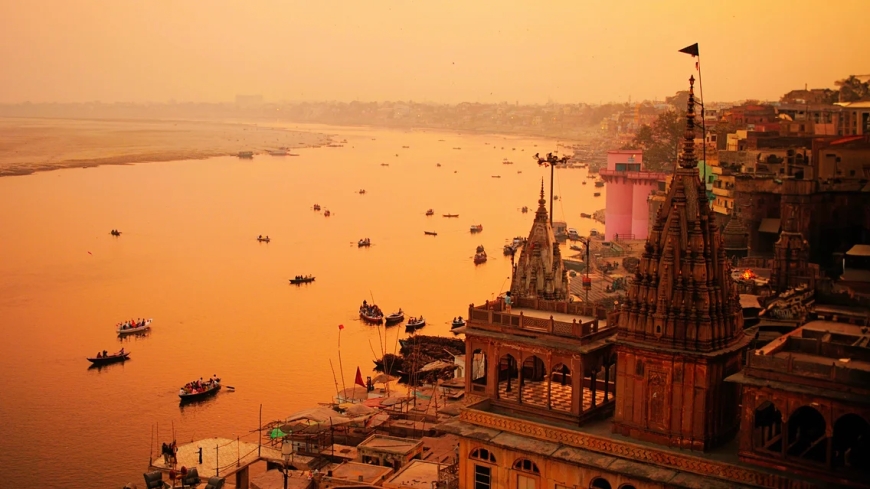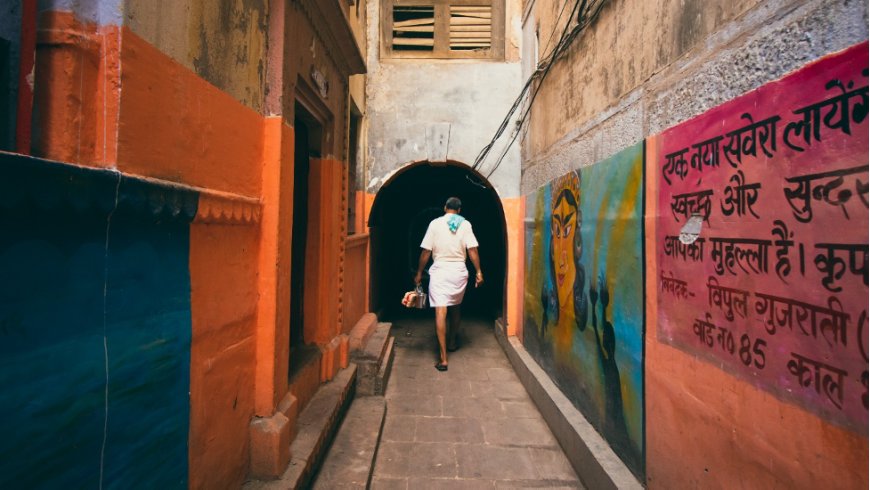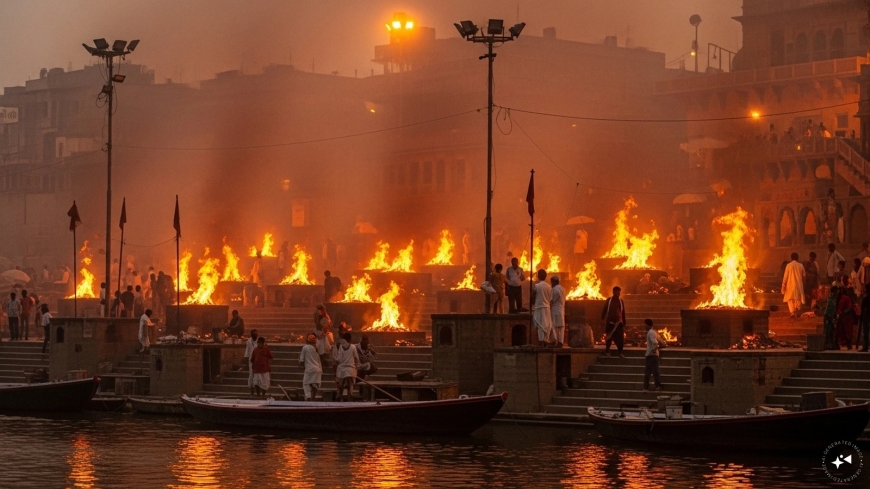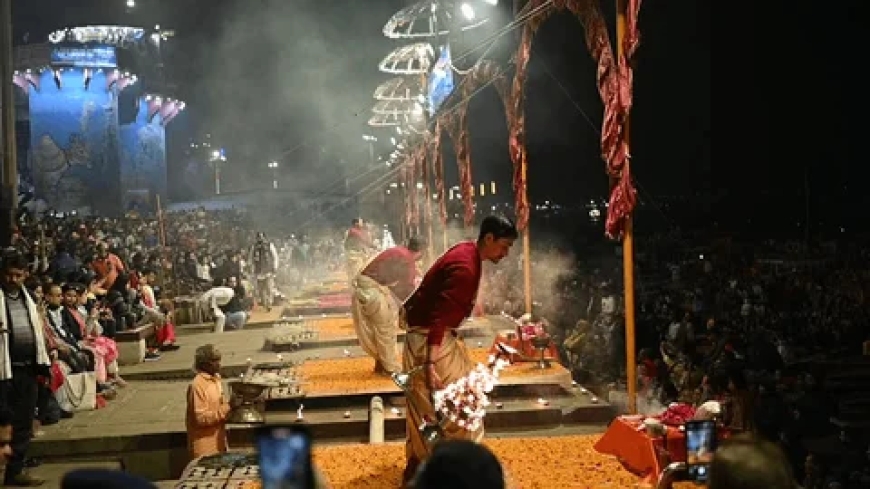Varanasi: The Silence, The Smoke, and The Secret Code of the Ghats
Step onto the banks of the Ganga and learn the unwritten rules of Varanasi's ancient Ghats. A deeply personal guide to respecting the rituals, mastering the pace, and understanding the profound spiritual life of India's holiest city.

You don't just visit Varanasi; you surrender to it. The city doesn't negotiate, it simply is. My entire focus here was the Ghats—the great, ancient staircases leading down to the Ganga River—because this is where life, death, and devotion all happen on the same stone steps, simultaneously, in public. To understand this place, I realized I had to learn its unwritten, sacred rules.
The River Is Not Scenery

The first thing you must grasp is that the Ganga is not a river; she is Ganga Ma (Mother Ganga). Every single action on these steps flows from that deep, unquestioning reverence.
I was up before sunrise, climbing down to the main Dashashwamedh Ghat. The air was already thick with incense and purpose. People weren't just splashing around; they were performing rituals—offering flowers, dipping fully into the cool, dark water, their eyes closed in deep prayer.
-
The Discovery: Your role is simple: Observe, but never intrude. When you see someone deep in a personal ritual, you don't take a close-up photo. You keep your distance. You are a respectful witness to a profoundly private moment happening in the most public space imaginable. This silent respect is the first payment you make to the city.
The Walk is the Meditation

To truly understand the city's continuity, you can't just take a taxi to the main ghat. You must walk the steps. The continuous stretch of Ghats—miles of ancient stone—is the city’s circulatory system.
-
The Experience: I ditched the rickshaw and spent an entire afternoon just walking from Assi Ghat northwards. The atmosphere changes every hundred yards. One area is filled with brightly coloured laundry drying on the steps; the next is completely silent, save for the sound of a bell from a tucked-away temple. You learn to step aside for everyone: the slow-moving, sacred cow; the pilgrim carrying a small pot of river water; the cart laden with wood.
-
The Unwritten Law: You learn that urgency does not exist here. The city has been here forever. If you rush, you miss the quiet poetry of the moment—the grandfather teaching his grandson to light a lamp, the young boatman sharing his lunch. The walk itself becomes a kind of moving prayer.
The Silence of the Ultimate Ghat

There are parts of Varanasi where you are not simply an observer of life, but of death. Manikarnika Ghat, the main cremation ground, is the most intense, sacred, and profound place I have ever visited.
-
The Etiquette: This is absolutely not a tourist sight, and you must treat it with deep sanctity. Absolutely no photography. You stand quietly. You absorb the solemn weight of the smoke and the centuries. You realize that this city sees death not as an end, but as a transition—a final, public ritual played out under the open sky. You are watching a tradition unbroken for millennia. The experience demands quiet humility, not curiosity.
Trading Noise for Light

When the sun leaves the sky, the city performs the Ganga Aarti. The main ceremony is immense—a powerful blaze of synchronized fire, song, and bells.
-
The Discovery: For a more personal experience, I found a spot on a low wall away from the main crush. As the young priests lifted the huge aarti lamps, the chaos of the day vanished. The flames danced on the water, reflecting the glow onto the faces of hundreds of people chanting together.
-
The Takeaway: Varanasi demands that you let go of control. You are tiny here. You are surrounded by profound devotion. The moment you stop trying to navigate the chaos and simply allow the sound and the fire and the reverence to wash over you, the city opens up. You realize the unwritten rule is simply to respect the journey—of the soul, of the river, and of the light.
What's Your Reaction?
 Like
0
Like
0
 Dislike
0
Dislike
0
 Love
0
Love
0
 Funny
0
Funny
0
 Angry
0
Angry
0
 Sad
0
Sad
0
 Wow
0
Wow
0























































































































































































